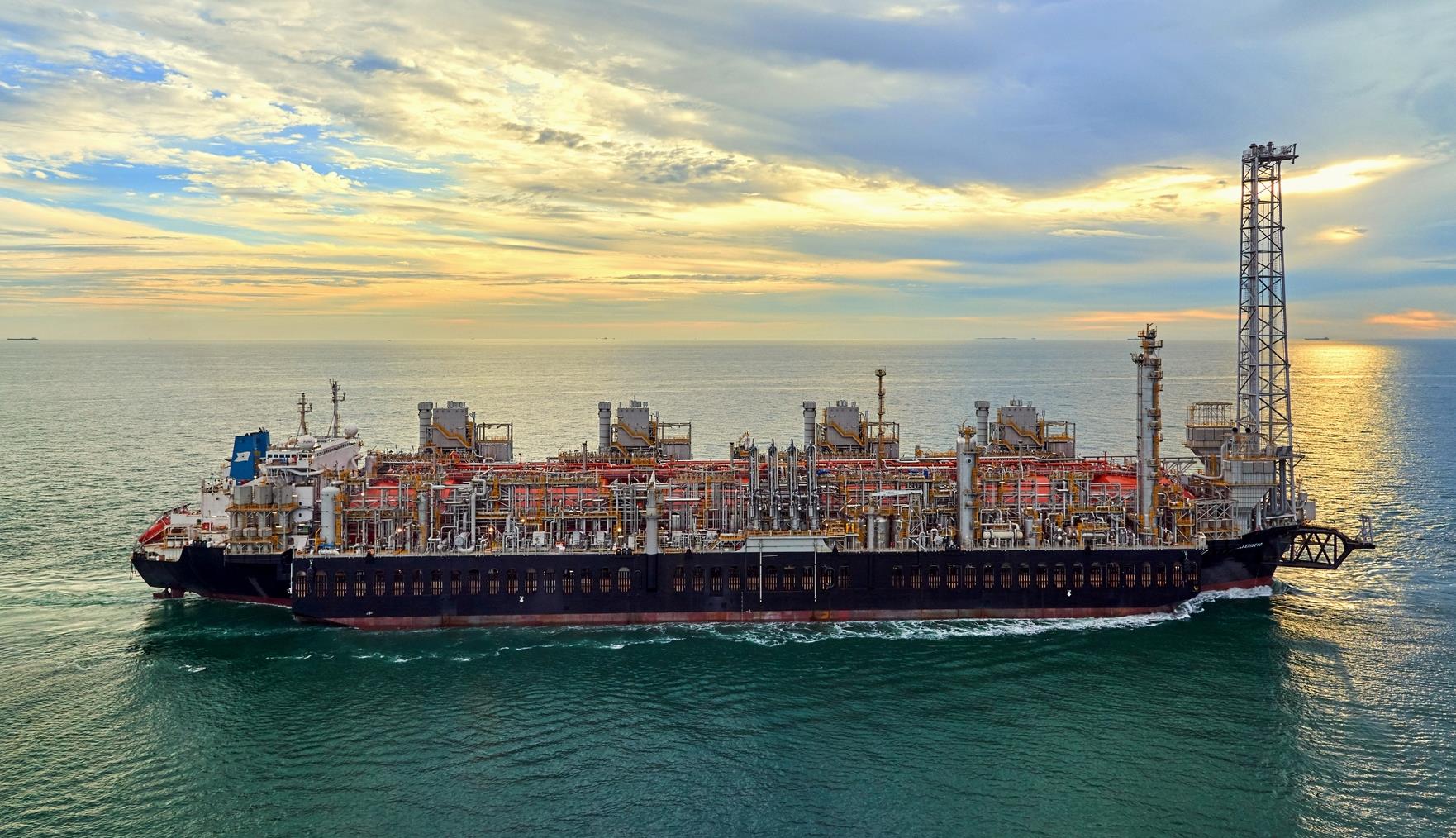Tor Olav Troim-led Golar LNG is expecting to win a new contract for a floating LNG producer this year as it continues to work on several projects.
“We are very encouraged by the progress made for new FLNG projects with existing and prospective new clients, and we expect to be awarded a new FLNG contract within 2022,” Karl Fredrik Staubo, CEO of Golar, told analysts during the company’s quarterly conference call on Thursday.
Golar is now focusing on its FLNG business following the completion of the New Fortress Energy deal last year and the recent launch of new LNG shipping firm CoolCo with Idan Ofer’s EPS.
In addition, the company’s FLNG Hilli Episeyo, world’s first converted FLNG vessel, continues to perform well offshore Cameroon with a 100 percent commercial uptime.
Also, the conversion work of Gimi has reached 80 percent completion. The 2.5 mtpa Gimi FLNG should start serving BP’s Greater Tortue Ahmeyim project under a 20-year deal next year.
Three FLNG designs
Golar has developed three different FLNG designs using the same liquefaction technology and design concept, but with differences in liquefaction and storage capacity to cater for different sized potential new FLNG projects.
The first design includes a converted FLNG such as Hilli and Gimi with about 2.5 million mt of liquefaction capacity, while the second design is more flexible and can range between 2 million to 3 million mt, according to Staubo.
Mark III includes a newbuild design intended for larger projects and can go up to 5 million mt
Staubo said the delivery for the Mark III FLNG would take up to 4 years, but with the Mark II, “you can significantly shorten it 2.5 to 3 years.”
He also discussed the price per tonne.
“I think CapEx wise, you’re looking at pretty much around the sort of same rule of thumb of $500 million per tonne of liquefaction capacity. So if you can talk about a 5 million unit, it’s basically $2.5 billion roughly,” Staubo said.
“Extremely confident”
Most FLNG projects are large developments. Besides a gas resource and a floating LNG producer, FLNG projects also require governmental approvals, environmental approvals and other lengthy processes.
“That often is outside of our and sometimes outside of our charterer’s control,” Staubo said.
“So even if both us and the prospective charter are ready to engage, there are still hurdles that we need to cross on timelines that we are less in control of,” he said.
“However, I would say that we are extremely confident by the progress made through 2021, but also in particular, this quarter, both with existing but also new prospective clients,” he said.
“For some of the clients, we have a target timeline that should boast new contract awards within this year, and that is basically what gives us the confidence to say that we will get the award within 2022,” Staubo said.

